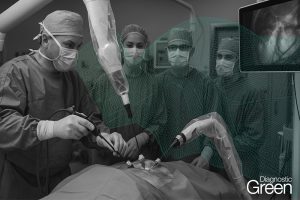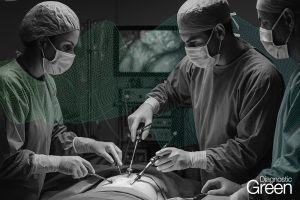Aim: This study is aimed to explore the safety and feasibility of indocyanine green (ICG) fluorescence imaging guidance in laparoscopic para-aortic lymph node (PALN) dissection for left-sided colorectal cancer (CRC) patients with clinically suspected PALN metastasis.
Results: Following propensity score matching, the ICG group had 20 patients, and the non-ICG group had 53 patients, and the two groups were similar in baseline characteristics. No significant differences were observed in overall intraoperative and postoperative complications between groups, except for chylous leakage, where the ICG group had a longer time to a normal diet. The number of harvested pericolic/perirectal and intermediate lymph nodes were comparable between the two groups, while the ICG group had a significantly higher number of total harvested lymph nodes (39 [14-78] vs. 29 [11-70], P = 0.001), inferior mesenteric artery lymph nodes (IMALN, 6 [0-17] vs. 3 [0-11], P = 0.006), and PALNs (9 [3-29] vs. 5 [1-37], P = 0.001).
Conclusion: ICG fluorescence imaging could increase the retrieval of IMALN, PALN, and total lymph nodes, and potentially improve the completeness of laparoscopic PALN dissection in patients with left-sided CRC.




